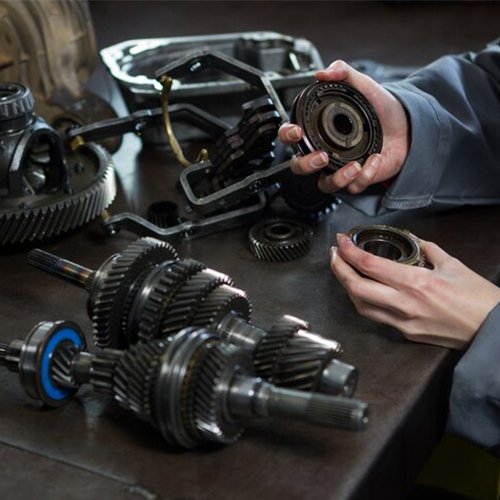Bearing Replacement
Bearing replacement is a common maintenance procedure used to restore the smooth operation of rotating machinery such as motors, pumps, fans, and gearboxes. Bearings support rotating shafts and reduce friction, but over time they can wear out due to factors like continuous operation, contamination, lack of lubrication, or misalignment. When a bearing begins to fail, it may cause unusual noises, vibration, overheating, or even complete equipment breakdown, making timely replacement essential to prevent further damage.
The process begins with shutting down and safely disconnecting the equipment. The machine is then disassembled carefully to access the bearing. Before removing the old bearing, it’s important to inspect the surrounding components for signs of wear or damage. Bearings are typically removed using pullers, presses, or bearing heaters, depending on the fit and size. Care must be taken not to damage the shaft or housing during removal. Once the old bearing is out, the area is cleaned thoroughly to remove debris, old grease, and any corrosion. The new bearing must match the original specification in terms of size, type, load rating, and speed capacity.


